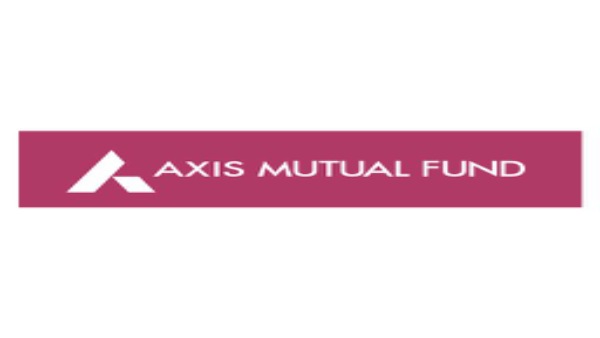What are multi-asset allocation funds?
Multi asset allocation Funds are hybrid funds with a mandate to invest 10 percent in at least 3 of the asset classes. Typically, these funds have exposure in a mix of assets including equity, debt and one additional asset class say gold, real estate etc.
Benefits of Multi Asset Allocation funds
• Less riskier than most other hybrid funds as the corpus is spread across several asset classes and hence risk of concentration is minimal
• These funds are also known to offer steady returns over a period of time.
Who should invest in Multi Asset Allocation funds?
Investors with an investment horizon of at least 3 years or more and not willing to take on higher risk can consider investing in multi asset allocation funds for consistent returns over the period of their investment. The equity allocation in the long run helps to realize capital gains while at the same time if you are looking to diversify your portfolio, multi-asset allocation fund could be the right bet for you.
1. Axis Triple Advantage Fund:
This multi-asset allocation fund from the house of Axis Mutual fund was launched in the year 2010 and since inception has offered a return of 10.74 percent. The fund as on August 31, 2021 manages an AUM of Rs. 1180 crore and its expense ratio is 2.15 percent. Benchmark of the fund is NIFTY 50 TRI (65), NIFTY Composite Debt Index (20), Domestic Price of Gold (15).
The fund’s corpus is largely allocated across equities, debt and commodities. Within the equity space, where it has maximum allocation, the fund is more concentrated into sectors such as financial, technology, chemicals and services among others. Top equity holdings of the fund include TCS, Infosys, ICICI Bank, HDFC Bank etc.
Likewise, top debt holdings of the fund are 7.9% LIC housing finance bond, state development loans, GOI securities and Bonds/NCDs etc.
Monthly SIP of Rs. 10000 started 5 years ago is now worth Rs. 9.48 lakh, providing gains of Rs. 3.48 lakhs, while the lump sum investment of Rs. 1 lakh over the same period has grown in value to Rs. 1.84 lakhs.
2. SBI Multi Asset Allocation Fund:
This hybrid fund from the stable of SBI Mutual fund was launched in December 2005 and since then has offered return of 8.67 percent. As of August 31, 2021, the fund’s AUM stands at Rs. 439 crore, while its expense ratio is at 1.74 percent. For the different asset classes, the fund’s benchmark are CRISIL 10-Year Gilt (45), NIFTY 50 TRI (40), Domestic Price of Gold (15).
Here are the funds are distributed across equity, debt, commodities and cash and cash equivalent. Within the equity space, the fund has maximum exposure in energy, followed by FMCG, healthcare, financial and services among others.
Top equity holdings comprise Bharat 22 ETF, CPSE ETF, SPDR Gold Trust, Info Edge, Apollo Hospitals among others.
Rs. 10000 monthly SIP started in SBI Multi Asset Allocation Fund has grown in value to Rs. 8.2 lakh, providing gains of Rs. 2.2 lakh.
2 Top Rated Multi Asset Allocation Funds By Value Research To Invest In 2021
| Multi-asset allocation funds |
Rating by Value Research |
Minimum SIP amount |
SIP Annualised 1- year return |
SIP Annualised 3- year return |
SIP Annualised 5- year return |
| Axis Triple Advantage |
5- star |
Rs. 1000 |
43.78% |
26.71% |
18.58% |
| SBI Multi Asset Allocation |
5- star |
Rs. 500 |
22.93% |
16.48% |
12.35% |
Disclaimer:
The views and investment tips expressed by authors or employees of Greynium Information Technologies, should not be construed as investment advice to buy or sell stocks, gold, currency, or other commodities. Investors should certainly not take any trading and investment decision based only on information discussed on GoodReturns.in We are not a qualified financial advisor and any information herein is not investment advice. It is informational in nature.





